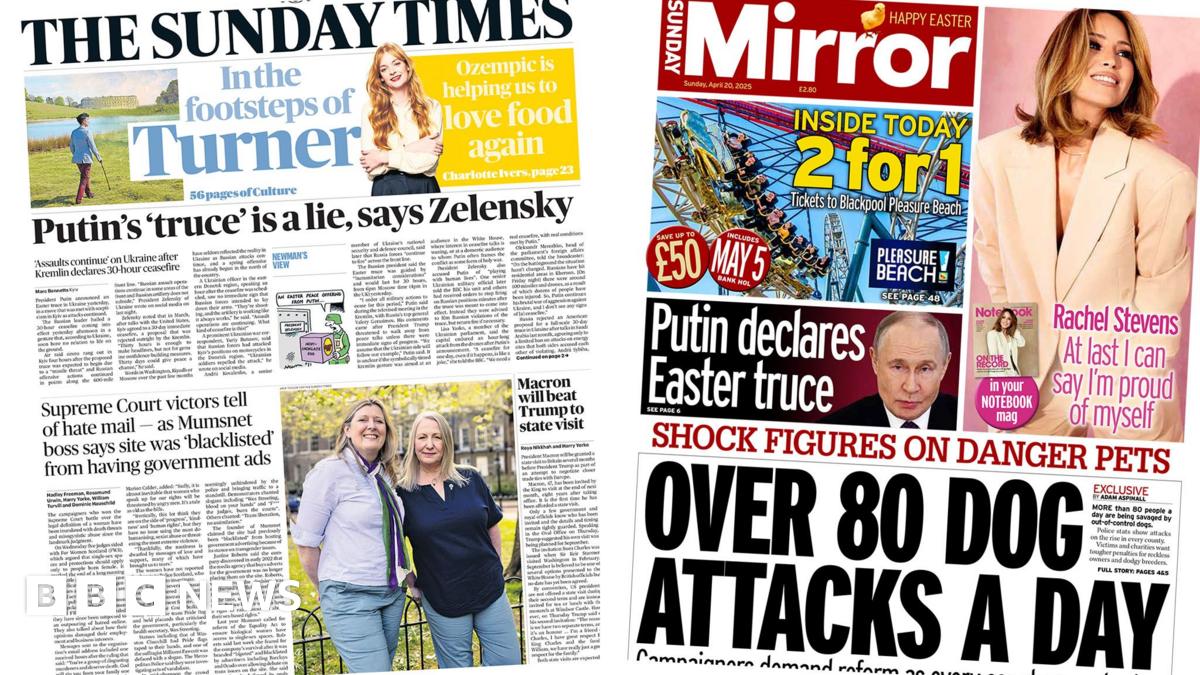Putin's Truce Crumbles: Ukraine Conflict Escalates
A fragile ceasefire announced by Russia has quickly disintegrated, leading to a renewed escalation of the Ukraine conflict. Intense fighting continues across multiple fronts, raising concerns about a protracted and potentially more devastating war.
The Kremlin's declaration of a 36-hour Orthodox Christmas truce, ostensibly to allow for the exchange of prisoners of war and facilitate humanitarian efforts, was met with skepticism from the outset. Ukrainian officials dismissed the move as a cynical propaganda ploy designed to improve Russia's international image and regroup its forces. These suspicions appear to have been confirmed by the rapid return to hostilities.
Renewed Fighting and Civilian Casualties
Reports from the front lines paint a grim picture. Heavy shelling and intense ground combat have been reported in eastern Ukraine, particularly around Bakhmut and Soledar, two key battlegrounds that have witnessed brutal fighting for months. Both sides claim battlefield gains, although independent verification remains difficult amidst the ongoing conflict. The renewed escalation has also resulted in a rise in civilian casualties, with reports of homes and infrastructure being destroyed.
- Bakhmut: The ongoing battle for Bakhmut continues to be a major focus of the conflict, with both sides suffering heavy losses. The city's strategic importance and its symbolic value have made it a key target for both the Russian and Ukrainian forces.
- Soledar: The capture of Soledar by Russian forces, while strategically less significant than Bakhmut, serves as a propaganda victory for Russia and suggests a potential shift in the dynamics on the ground.
- Eastern Front: Overall, the eastern front remains a highly contested region, with both sides engaging in fierce fighting for territorial control.
International Response and Concerns
The collapse of the truce has prompted widespread condemnation from Western nations. Many accuse Russia of violating the spirit, if not the letter, of its own declared ceasefire. This renewed escalation raises serious concerns about the potential for further escalation and the devastating humanitarian consequences. The international community is increasingly worried about the possibility of a wider conflict, potentially involving NATO countries.
- NATO: NATO allies continue to provide military and humanitarian aid to Ukraine, while carefully navigating the risks of direct military intervention.
- EU: The European Union has condemned Russia's actions and continues to impose sanctions, although the impact of these sanctions on the Russian war effort remains a topic of debate.
- UN: The United Nations has called for a return to diplomacy and an immediate end to hostilities, emphasizing the need to protect civilians.
What Next?
The future trajectory of the Ukraine conflict remains highly uncertain. The failure of the proposed truce suggests a deepening stalemate, with both sides digging in for a protracted conflict. The ongoing fighting raises serious concerns about the long-term stability of the region and the potential for wider geopolitical repercussions. The international community faces the challenge of maintaining pressure on Russia while working towards a peaceful resolution to the conflict. The coming weeks and months will be crucial in determining the future course of this devastating war.
Call to Action: Stay informed about the latest developments in the Ukraine conflict through reputable news sources and consider supporting humanitarian aid organizations working to alleviate the suffering of Ukrainian civilians. [Link to reputable news source] [Link to humanitarian aid organization]

